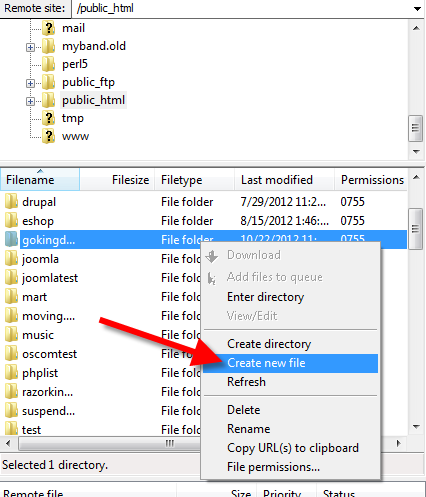

This is also a good place to keep native or source files.įinal: Anything ready for public consumption. In this example, this folder might contain any ad copy, banner designs, or targeting information for the January PPC campaign that hasn’t yet been finalized. Working: Anything you’re currently working on. Here’s how the working/final/archive system should work:

Those are the four categories in which you’ll put your different projects or tasks. You can see from the screenshot that we’re looking at the year 2016, and the main projects are advertisements, blog posts, customer emails, and landing pages. "Working," "final," and "archive" subfoldersįor this example, let’s assume the top-level folders have already been organized by year then project type. Here are some strategies I’ve used in the past: 1. Once you’ve worked out your top-level folder, it’s time to organize your subfolders. Do you want to simply make a new folder for every new project? Or perhaps you could organize by time, with folders and subfolders for each year and month? Maybe you work on a couple different types of projects, and could organize based on those types (e.g., copywriters might work on advertisements, blogs, emails, and landing pages, while graphic designers may divide tasks by medium, like print or digital)? The first step to building an effective folder structure is figuring out your top-level folder. There’s no shame in saving a flow chart for quick reference.Ĥ Effective Folder Structures to Organize Files

Make a cheat sheet: It’s OK if you don’t have every single folder memorized. Keep folders unique: Make sure there’s no overlap in what goes into your folders (e.g., there shouldn’t be two places you’re keeping invoices for the same project).

Think of folder names as keywords: Keep in mind that you can search for files using folder names the more specific, the more quickly you’ll find what you’re looking for. Or, even better: save yourself from the hassle of manually re-creating your structure over and over again by setting up a Zap to do it for you. Here are some tips from digital asset management expert Edward Smith:Ĭreate a template: Copy and paste it every time you start a new project or task. There’s no file management silver bullet, but there are a few tricks to help your file structure be successful. If you want to maintain your folder structure long-term, you’ll want to make sure everyone understands (and hopefully likes!) the system. For company projects, pick something that works well for everyone in the team, since everyone may not search for a file or folder in the same way you do. If your method of organization is tedious, it’s going to be tough for the rest of your team to follow along. Or do you work around projects? Consider new folders for each project.īrowsing through your folders and finding files should be intuitive. Do you plan important tasks by quarter? A new folder for each quarter's work might be good. The best folder structure is the one that mimics the way you work.


 0 kommentar(er)
0 kommentar(er)
